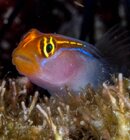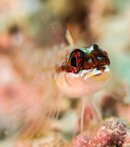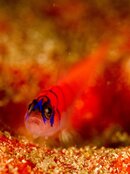Antagonist
Contributor
I am new to the underwater photography and I was just wondering what you all focus on when you are taking macro or any other photos. Do you always focus on the eyes with a F8-F11 or do you do take shots using F2 or so. What shutter speeds do you use for shooting reef fish or other divers? (wide angle)
One other thing if I may ask? HOW DO YOU ALL FIND THESE TINY ANIMALS? I see all these pictures of fish, but where do you look for them at? Research on the site, doubles filled with nitrox, and a magnifying glass? jk
I am using a sony rx 100 mk2 w/ sea and sea ys-01 single strobe
One other thing if I may ask? HOW DO YOU ALL FIND THESE TINY ANIMALS? I see all these pictures of fish, but where do you look for them at? Research on the site, doubles filled with nitrox, and a magnifying glass? jk
I am using a sony rx 100 mk2 w/ sea and sea ys-01 single strobe








